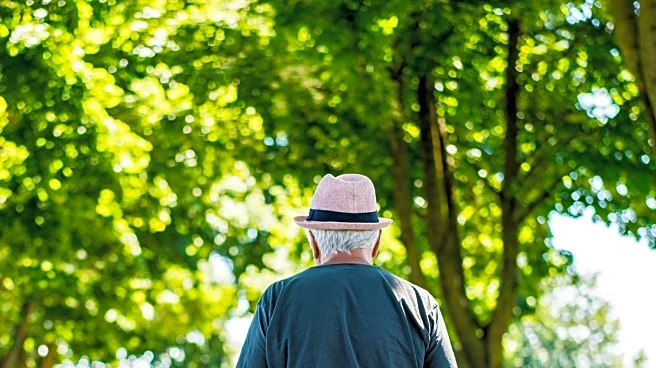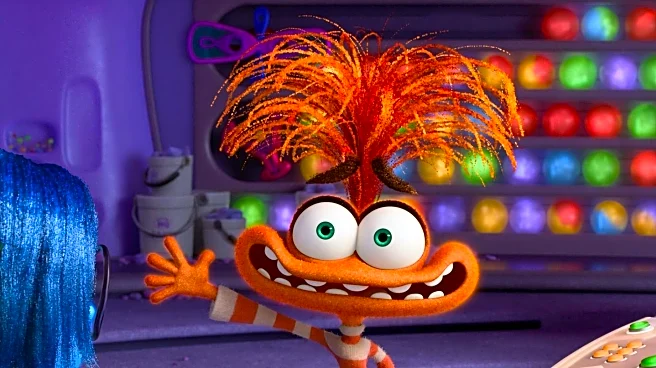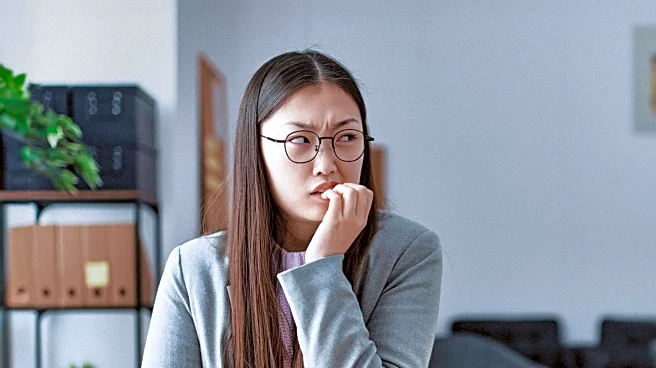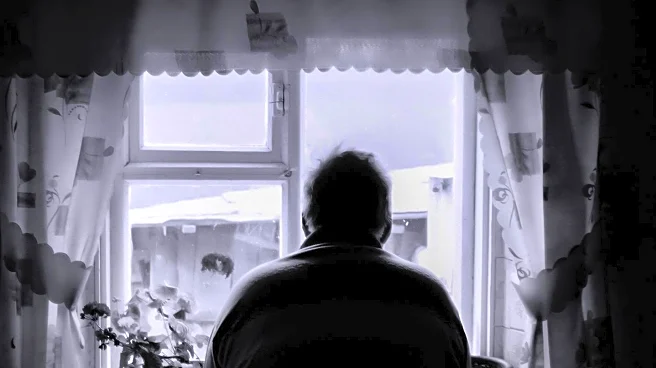What is the story about?
What's Happening?
A recent study involving over 1,400 participants suggests that engaging in creative activities such as painting, poetry, or gaming can slow brain aging. Researchers used a 'brain clock' model to compare brain scans of expert and non-expert creatives, finding that those involved in creative pursuits had younger brains than their chronological ages. The study also showed that even brief engagement in creative activities, like learning a video game, resulted in brains appearing two to three years younger. The research highlights the potential of creativity to enhance brain communication and organization, particularly in regions susceptible to age-related decline.
Why It's Important?
The findings underscore the importance of creativity in maintaining brain health, suggesting that regular engagement in creative activities can protect against cognitive decline. This has implications for public health strategies, encouraging individuals to incorporate creative hobbies into their routines as a form of mental exercise. The study also points to potential benefits in delaying the onset of dementia, as creativity appears to safeguard brain regions like the prefrontal cortex and hippocampus. This could lead to broader societal benefits, reducing healthcare costs associated with age-related cognitive disorders.
What's Next?
Further research may explore the specific types of creative activities that offer the most significant benefits, potentially influencing educational and therapeutic practices. As awareness of the study grows, there may be increased advocacy for integrating creative pursuits into daily life, supported by healthcare professionals and policymakers. Additionally, the study could inspire new programs aimed at promoting creativity among older adults, enhancing their quality of life and cognitive resilience.
Beyond the Headlines
The study raises questions about the role of creativity in emotional regulation and stress reduction, suggesting that creative hobbies could be a valuable tool in mental health interventions. It also highlights the need for accessible creative opportunities, particularly for those unable to afford traditional therapy, emphasizing the democratization of mental health resources.
AI Generated Content
Do you find this article useful?













